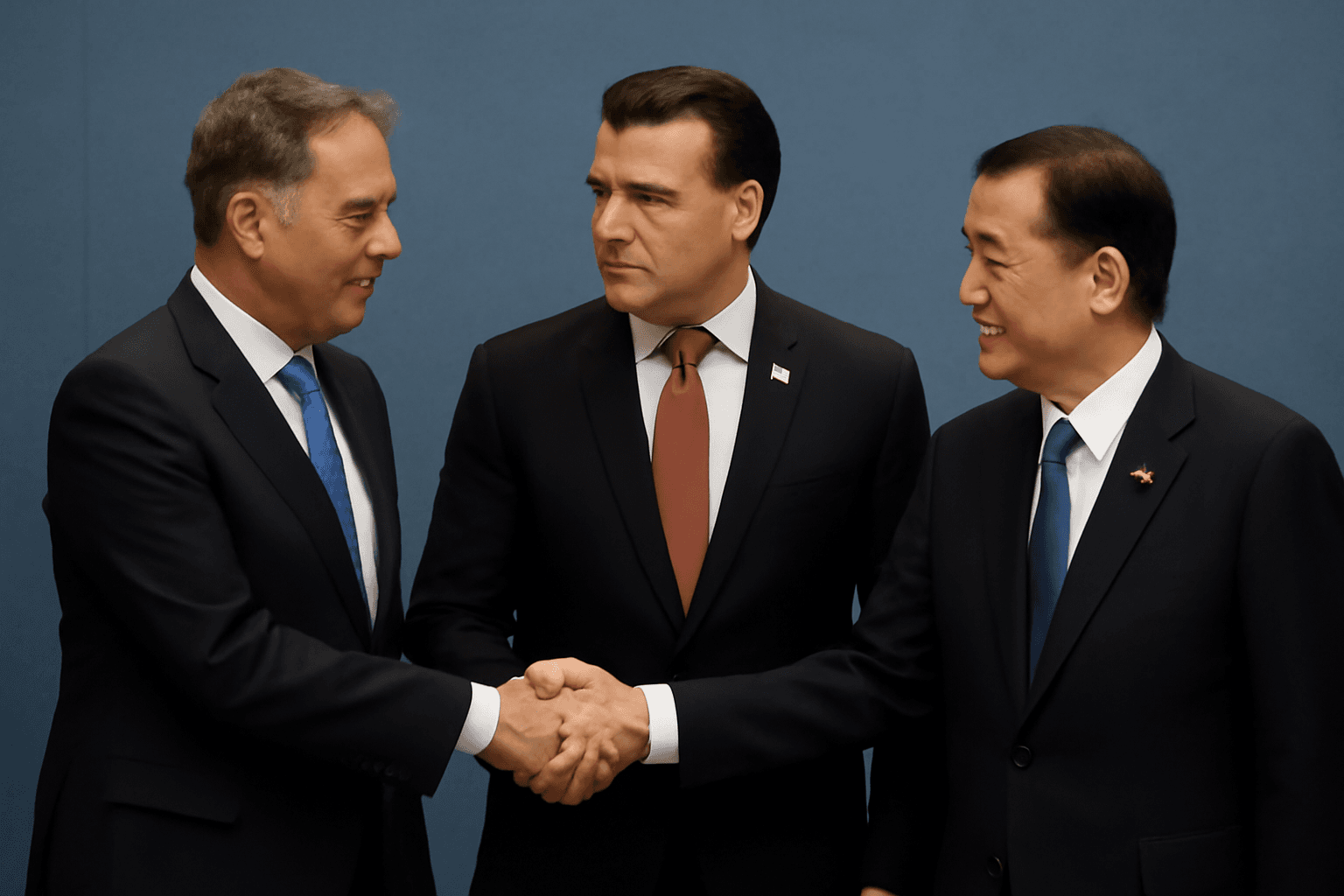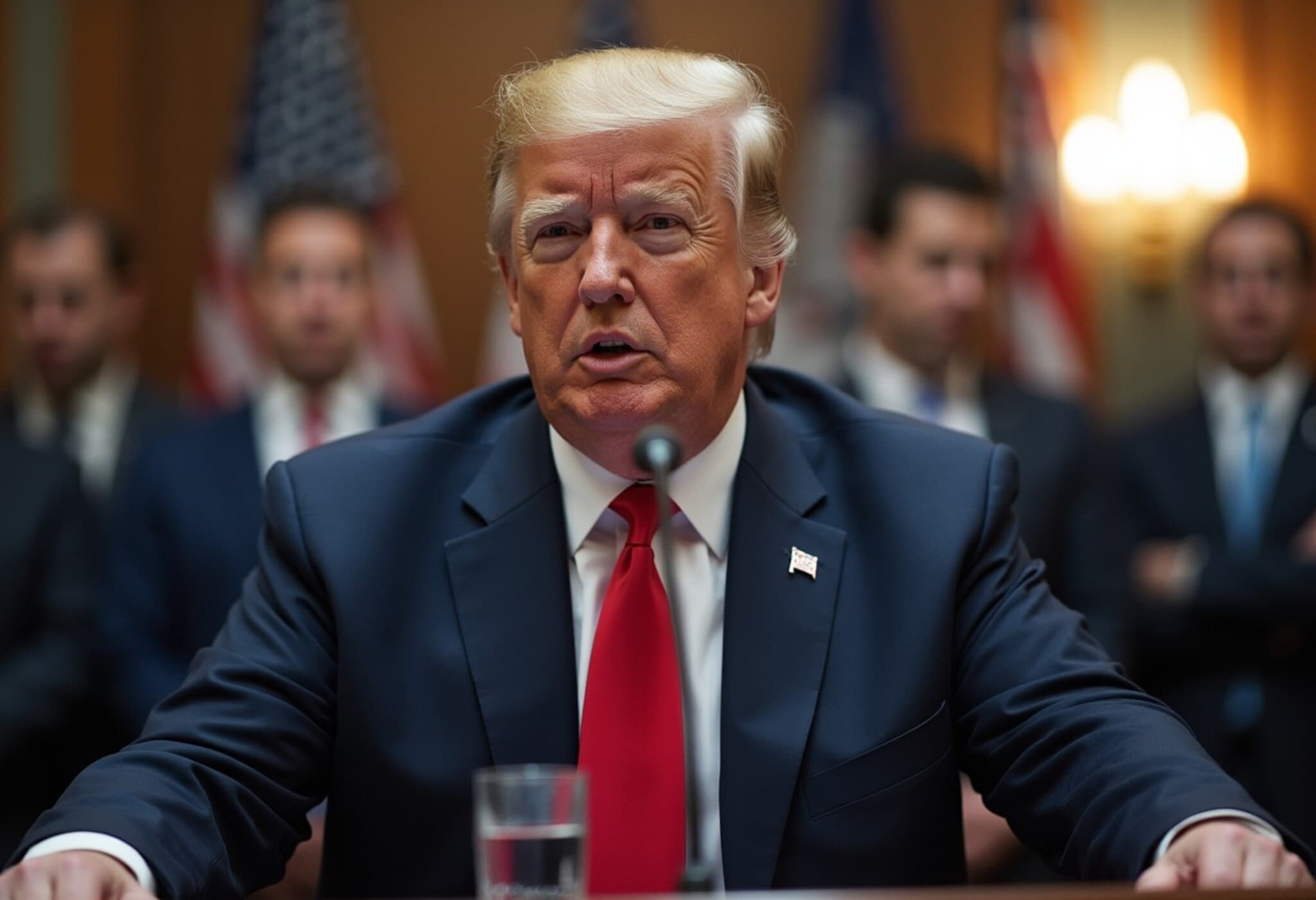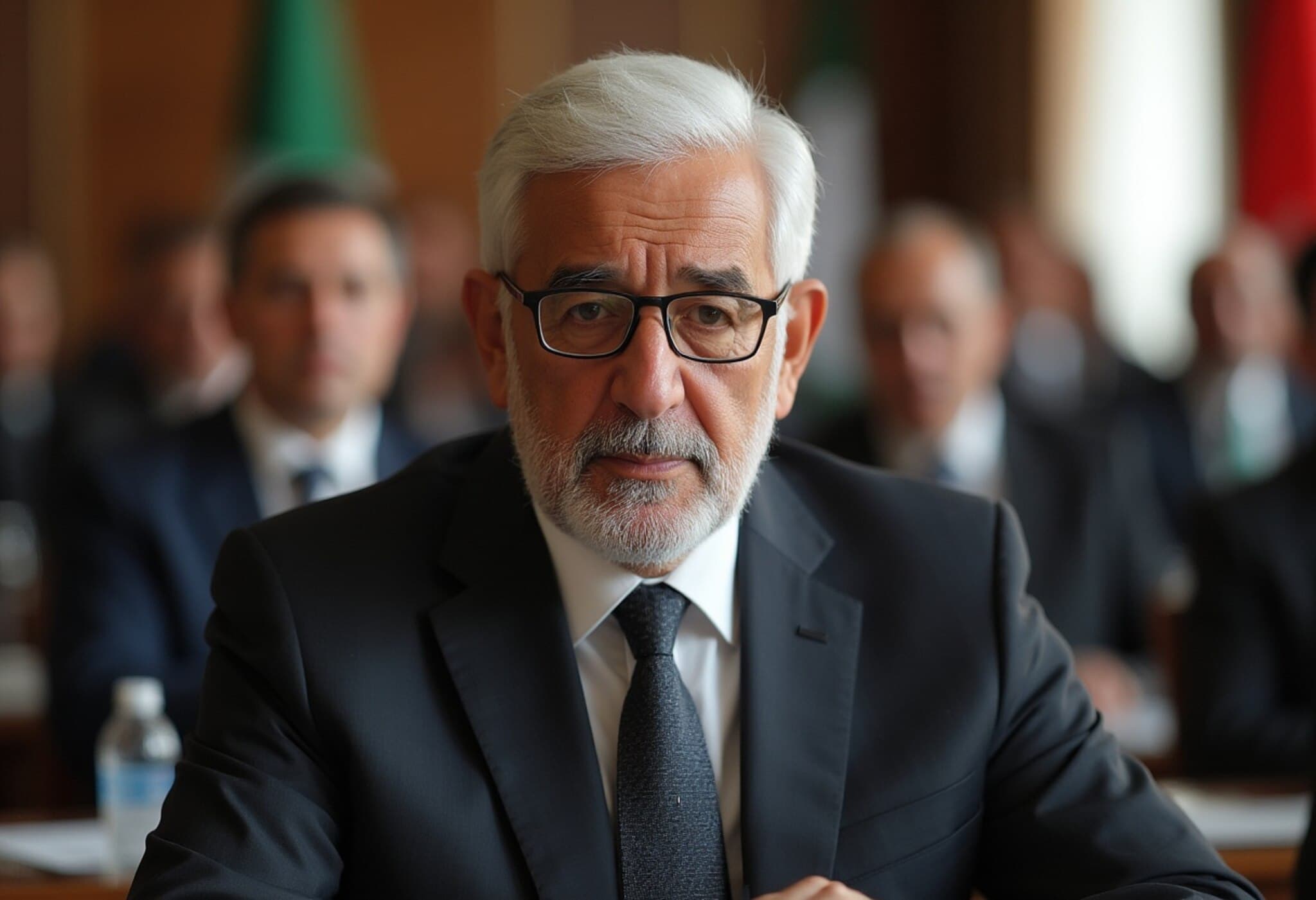Pakistan Prioritizes Defence as Overall Spending Falls
Pakistan’s latest fiscal budget reveals a striking shift in spending priorities, with defence allocation surging by 20% while the overall government expenditure shrinks by 7%. This budget, spanning July 2025 to June 2026, assigns 2.55 trillion Pakistani rupees ($9 billion) to defence, a significant rise from last year’s 2.12 trillion, excluding an additional 742 billion rupees ($2.63 billion) for military pensions.
Economic Growth Set Against Rising Debt
Despite the increased security spending, Pakistan faces mounting economic challenges. Its debt has ballooned to nearly 76 trillion rupees ($270 billion) in just nine months of the current fiscal year. The government projects a modest economic growth rate of 4.2% for the 2025-26 year, with a fiscal deficit expected to come down to 3.9% of GDP from 5.9% the year prior.
However, recent growth has been sluggish — current fiscal year estimates point to a 2.7% rise in GDP, missing the previously set target of 3.6%. For comparison, South Asia’s average growth hovered around 5.8% last year, with expectations of 6% in 2025, underscoring Pakistan’s lagging pace within the region.
Details Behind Defence Spending
The overall defence budget totals approximately 3.29 trillion rupees ($11.67 billion) when including military pensions. Furthermore, around 704 billion rupees ($2.5 billion) are earmarked for equipment purchases and physical assets, signaling an emphasis on modernizing and strengthening military capabilities.
Prime Minister Shehbaz Sharif emphasized the need for Pakistan to excel economically, especially in light of recent border tensions. The heightened defence budget follows a violent clash in April linked to a terrorist attack in Jammu and Kashmir, which claimed 26 lives. India attributes the unrest to support from Pakistan-based groups, elevating geopolitical tensions.
Aligning with International Financial Support
Last month, Pakistan secured a crucial $2.4 billion bailout from the International Monetary Fund (IMF). The Finance Minister, Muhammad Aurangzeb, underscored that the FY26 budget was structured in close cooperation with IMF standards.
The government aims to complete the privatisation of Pakistan International Airlines as part of these reforms and hopes that successive interest rate cuts will help lower borrowing costs. Yet, economists caution that monetary easing alone may not stimulate enough investment amid fiscal restrictions and required reforms.
Aurangzeb described the budget as laying the groundwork for transforming Pakistan’s economic fabric. Key goals include boosting exports, shoring up foreign currency reserves to prevent future balance of payment crises, and fostering a competitive market environment. "Our budget strategy is to change the economy's DNA," he asserted.
Looking Ahead
Pakistan’s decision to raise defence spending while trimming overall budget outlays illustrates a challenging balancing act amid rising debt and economic pressures. The coming year will test whether these fiscal choices can spur growth without compromising economic stability.



















